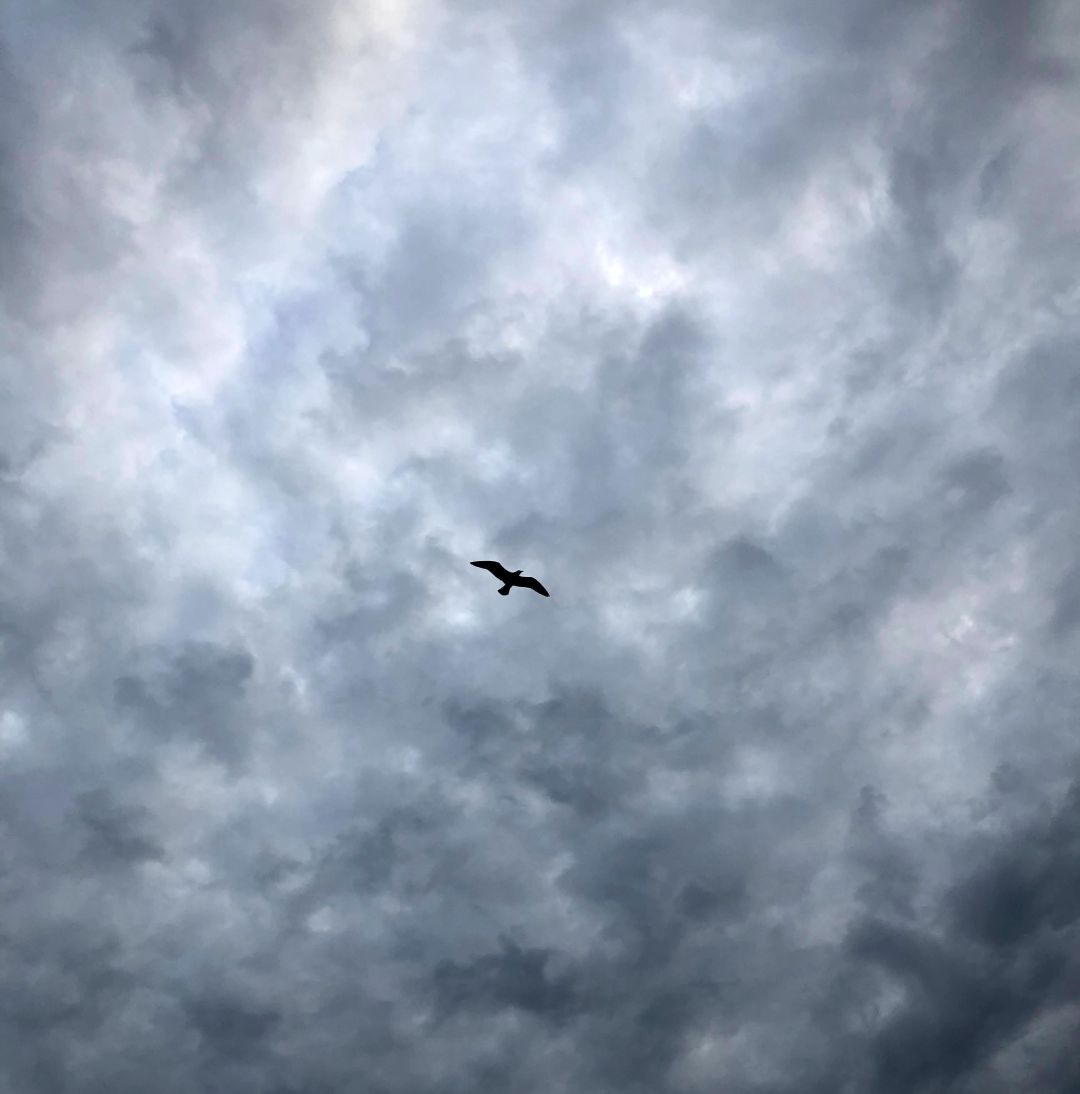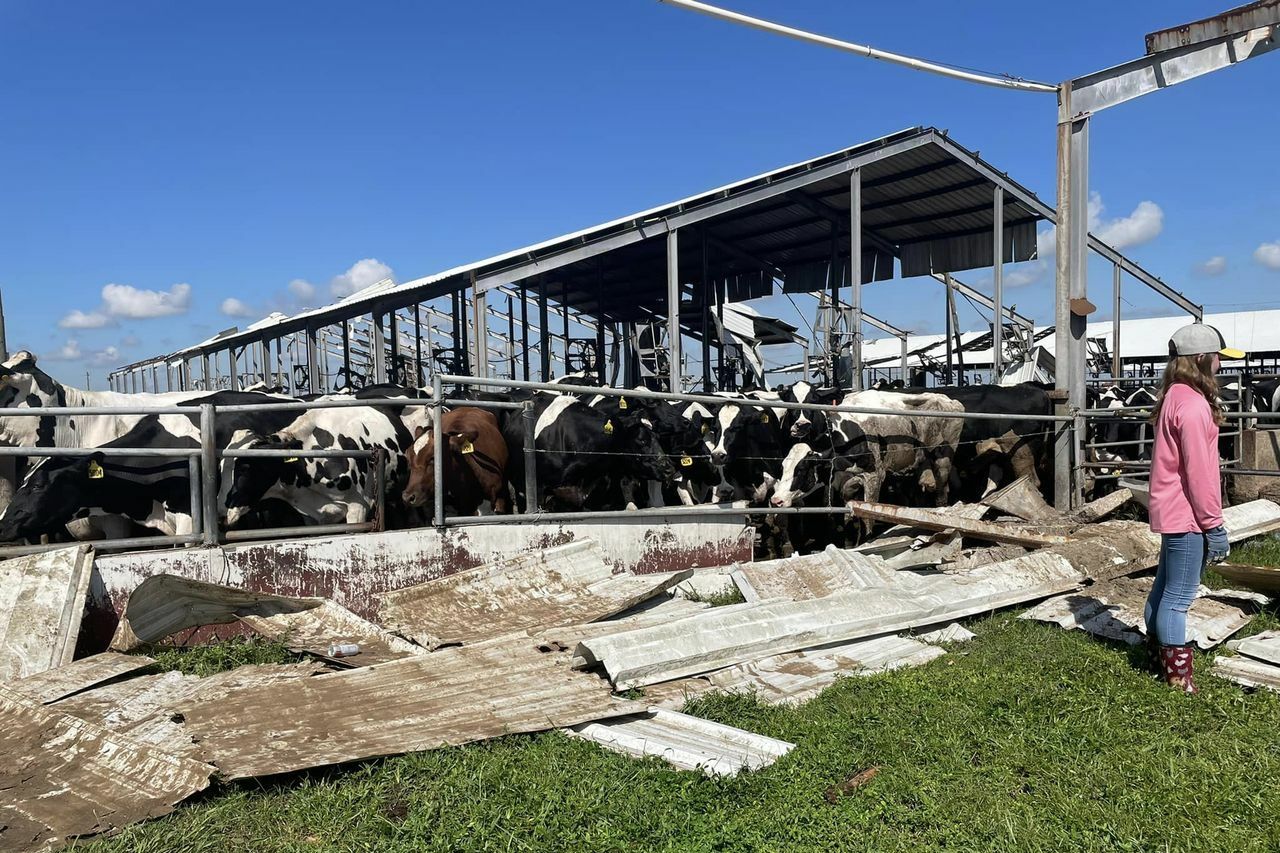How Do Birds Survive a Hurricane?

Image: Daveangolo/Shutterstock.com
News and reports of devastation from Hurricane Ian continue to roll in. Images of flooded roads, roofless house and downed power lines make up a majority of what we see—but the animals that share Florida with us are also affected by storms.
So where do all the critters go when a hurricane strikes? They’re not watching the news and getting evacuation orders. They have no homes to board up. How do they survive?
Birds are particularly exposed to the dangerous elements of a hurricane—Hurricane Maria wiped out half Puerto Rico’s endangered parrots in 2018. What happens to our Florida population during and after a hurricane?
Turns out, they aren’t much different from us. They deal with hurricanes the best way they can.
Jeanne Dubi, president of the Sarasota Audubon Society, says what birds do is highly complicated and depends on a lot of factors.
“We have a resident population of birds such as cardinals, blue jays, mockingbirds and so forth that live and breed here year round,” she explains. This resident population had to hunker down and bear the brunt of the storm, seeking shelter in tree holes, under brush and even in urban infrastructure. The effects of hurricanes on resident birds range from being exposed to drenching rain and suffering hypothermia to being thrown about and slammed into objects in a gale of wind.
Dubi says that since the storm she's seen blue jays and mockingbirds around her neighborhood. “I would expect there has been some mortality of those resident birds,” Dubi says. “Some of them have survived. All in all, that’s not too bad.”
What concerns her and other bird enthusiasts now is the lack of food sources. “I have a fire bush in my backyard that this time of year creates berries that some birds eat," Dubi says. “That particular bush has been denuded because of the fierce winds, so there’s no berries on it.”
Many of our resident bird species rely on food sources supplied by our local flora, she continues. “The food sources now are compromised or scant. One would expect some possible starvation and death as a result of the lack of food.”
This time of year is also when millions of birds migrate from their northern breeding grounds and head south through Florida to spend the winter in the Gulf Basin and Central and South America. Dubi is concerned about how Hurricane Ian might have negatively impacted this year's migration.
“I don’t see any migrants at this past week,” she says. She has been closely monitoring eBird, an app that crowdsources migratory bird data. So far, she’s seen far fewer reports of birds than would be expected this time of year.
“I would expect to see lots of thrushes and warblers,” she said, “but very few have been reported over these last three days. They’re gone, they're avoiding us, they managed to avoid the storm or they perished in the storm.”
Over millennia, birds have developed means of surviving these storms. They can hear infrasound and sense barometric pressure from far away, so they can avoid dangerous storms like hurricanes. One strategy is to fly hundreds of miles away to avoid the storm, although that can waste a lot of energy.
Some researchers have also shown birds flying in the eye of the storm to avoid bad weather.
Other birds may have been blown hundreds or even thousands of miles off course and ended up on totally different continents. “It’s interesting to note that in adverse conditions such as this, birds will get caught up in the storm and be blown all the way across the Atlantic," Dubi says. "Bird watchers in Britain absolutely love it because they get to see a bird they normally don't.” That sad part, however, is that the birds that don’t survive fall out of the sky and die.
In the coming months, we'll see how our resident and migratory birds respond to the damage wrought by Hurricane Ian. The long-term concern is how the storm will affect the birds' food sources. The water quality of our bays is expected to suffer from pollution and sediment. How will the birds that depends on fish fare?
In the meantime, Dubi believes it’s OK to feed our birds. “Sarasota Audubon runs the nature center at the Celery Fields, and we start putting feeders out in October and keep them there until March or April,” she says. “We will continue to do that.”
Some people believe it’s wrong to feed wild birds because it will create a dependency on a human food source and the birds will stop foraging for themselves. But these are extraordinary times, so perhaps an exception can be made.
“I would say to put some seed or some fruit out there would help,” Dubi says. “I would recommend that, actually.”



